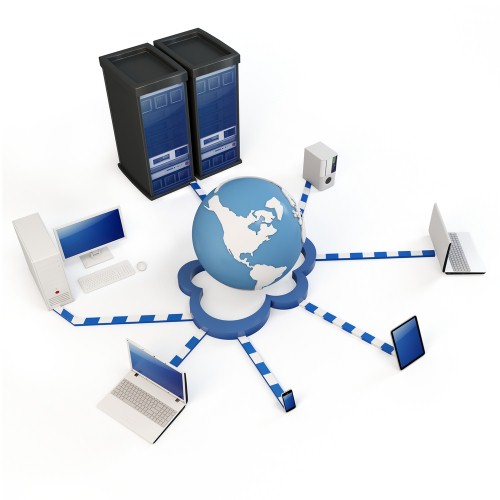For the last 10 years, AT&T has conducted a business continuity study of companies with at least $25 million in revenue, to monitor how organizations plan for disaster recovery. This year's survey found that updates include plans to integrate mobile devices, the "bring your own device" trend, social networks and cloud computing.
According to an AT&T press release, there was an overall 12 percent increase from last year in efforts to prioritize planning and implementation of a business continuity plan. Also, 86 percent of executives said they already have a plan in place, which is an eight percent increase over the last five years.
With mobile security devices and cloud computing growing in popularity, the study found the new technologies have become more important in contingency plans but also bring more security concerns. For example, 87 percent of respondents said they are more concerned about threats from mobile networks, but 65 percent will be investing in new telecommunications technologies to support their expanded IT infrastructures.
Laura DiDio, an analyst with Information Technology Intelligence Consulting, said 9/11 was a key "historic event" that greatly shifted companies attention about business continuity. Prior to 9/11, according to her research, CIOs, CTOs, and IT managers had greater difficulty in securing approvals for backup and continuity plans. Also, off-site backups were sometimes located within a half mile of the company, but more people now know to locate them 10 to 15 miles away.
Regardless of the business size, it is important to have a business continuity plan in place and for employees to know what to do in an emergency situation. By pairing with a business continuity consultant, executives can be sure that their businesses will continue to flourish even after disaster strikes.

